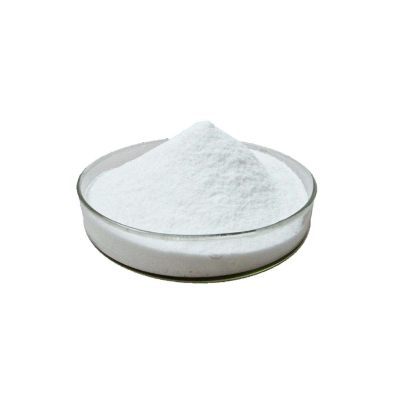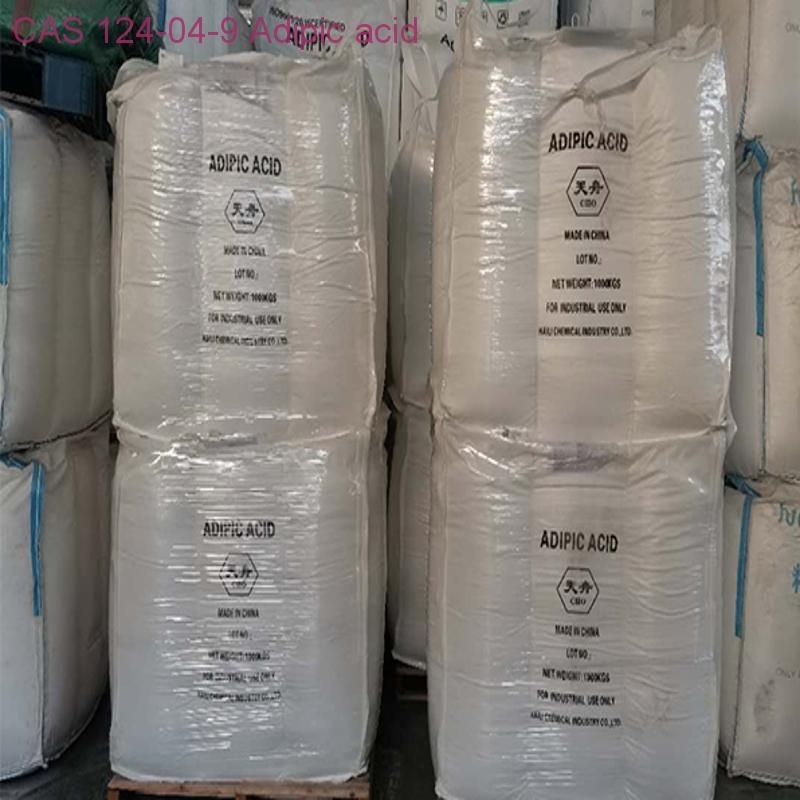-
Categories
-
Pharmaceutical Intermediates
-
Active Pharmaceutical Ingredients
-
Food Additives
- Industrial Coatings
- Agrochemicals
- Dyes and Pigments
- Surfactant
- Flavors and Fragrances
- Chemical Reagents
- Catalyst and Auxiliary
- Natural Products
- Inorganic Chemistry
-
Organic Chemistry
-
Biochemical Engineering
- Analytical Chemistry
-
Cosmetic Ingredient
- Water Treatment Chemical
-
Pharmaceutical Intermediates
Promotion
ECHEMI Mall
Wholesale
Weekly Price
Exhibition
News
-
Trade Service
The "White Paper on Healthy Cereals" (hereinafter referred to as the "White Paper") was organized and written by the Nutrition and Health Research Institute of the Chinese Nutrition Society.
The editorial board conducted an online survey on the whole grain cognition and consumption of residents in 30 provinces/municipalities/autonomous regions across the country , To strictly control the quality and ensure the authenticity and reliability of the data.
A total of 3145 valid questionnaires reflecting the current situation of whole grain consumption and public perception were collected; at the same time, the editing committee combined the scientific research results of many domestic authoritative nutrition experts and food regulations and standards experts.
, Systematically analyzed and explained the healthy grain intake patterns and consumption status, the health benefits of whole grains, the whole grain intake recommendations of different countries and organizations, the definition of whole grain foods, and health claims and label management, and how to Promote or increase the intake of whole grains and put forward feasible suggestions.
The writing and publication of the "White Paper" aims to guide consumers to optimize the structure of grain intake, increase consumption of whole grains, and help achieve the goals of the "Healthy China 2030" development outline.
Foreword of the report
Research Background:
Cereals are an important part of the diet of Chinese residents, and they are the main source for people to obtain energy, protein, dietary fiber, B vitamins and minerals.
With the development of modern food industry and grain processing technology and changes in consumers' dietary behaviors, grain consumption is facing major changes.
In order to pursue taste and deliciousness, people are more willing to choose refined grains as their daily staple food.
That is to say, the bran and germ that are originally in the grains, which are rich in dietary fiber, micronutrients and biologically active substances, are removed, and only the main food is consumed.
The endosperm part that contains starch and part of the protein.
When more and more studies have found that the refined processing of staple foods is closely related to insufficient intake of some nutrients, intestinal diseases, and the high incidence of various chronic non-communicable diseases, people began to reflect on this cereal consumption behavior.
More and more countries and institutions are beginning to advocate the concept of healthier grain consumption, encourage the rational allocation of grain composition, increase the intake of whole grains in an appropriate amount, replace some refined grains, and make the ratio of whole grains to refined grains in the diet appropriate and retain Nourishment and deliciousness, timely response to changes in the disease spectrum and the "invisible hunger" challenge of nutrient deficiencies.
Research purposes:
In order to promote residents’ awareness of healthy grains and guide consumption, this report deeply analyzes the important position of whole grains in a balanced diet, expounds the health benefits of whole grains, describes consumers’ awareness and intake of whole grains, and discusses formulation The urgency and significance of the management standards are designed to guide residents to optimize the grain consumption structure, increase the intake of whole grains, form good eating habits, and help achieve the goals of the "Healthy China 2030" development outline.
research content:
The white paper is divided into five chapters, which respectively describe the healthy grain intake structure, the health benefits of whole grains, the recommendations of different countries and organizations on whole grains, the definition and health claims of whole grains and whole grain foods, as well as the knowledge and health of whole grains.
Consumer survey.
The first chapter summarizes the contribution of cereals to the diet, and describes the nutritional characteristics of whole cereals based on the Chinese Food Composition Table, and clarifies the consumption of cereals with the support of dietary guidelines and the latest published literature.
The white paper was uniformly organized by the Nutrition and Health Research Institute of the Chinese Nutrition Society, with a number of young scholars in the field of nutrition as editors, and invited a number of senior grain nutrition experts to participate in the editing and review of the manuscript.
Contact email of the editorial board: zj@cnsoc.
Healthy Cereals White Paper Writing Committee







